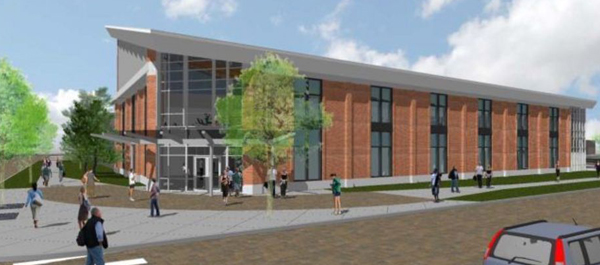 FREE EVENTS OPEN TO THE PUBLIC
FREE EVENTS OPEN TO THE PUBLIC
Kalamazoo College invites the public to participate in activities this weekend (Oct. 9-10) for the 2015 Kalamazoo College Global Prize for Transformative Social Justice Leadership. Ten groundbreaking activist organizations from around the world present their work this weekend to the public and to a jury that will award one $25,000 prize. Each finalist receives $1,000.
Organized and hosted by K’s Arcus Center for Social Justice Leadership, the Global Prize Weekend will include public presentations by finalists and think tank discussions between finalists and members of the Greater Kalamazoo community. Medea Benjamin, co-founder of CodePink and author of eight books, including “Drone Warfare,” will deliver the keynote address during an Opening Celebration, Friday Oct. 9, 7:30 p.m., in Dalton Theatre (Light Fine Arts Building, 1140 Academy St.). The opening celebration will also feature live music by local artists Denise Miller, Scarlet, Yolonda Lavender, Abbie Maikoski, and Dan Davis. See the full schedule for the weekend.
The Prize Weekend features a range of engaging events including a Community Box Lunch, inspiring presentations from on-the-ground activists, and a celebratory Global Dance Party (Saturday, 8:00 p.m. in the Arcus Center at 205 Monroe St.) when Kalamazoo College President Eileen B. Wilson-Oyelaran announces the recipient of the $25,000 Global Prize.
The 22-member jury that determined the finalists included Kalamazoo College faculty, staff, and students, as well as social justice advocates from the Kalamazoo region. All have worked on relevant social justice issues represented in the applicant pool. K received 87 entries—in the form of eight- to ten-minute videos—from 22 nations and 18 states within the United States.
Finalists’ projects collectively address economic justice, cultural and environmental preservation, immigration, mass incarceration, reproductive justice, racial justice, gendered violence, trans and queer liberation, workers’ rights, and issues specifically impacting people with mental illness, youth, indigenous communities, and children in the foster care system. The scope of each project varies, some focusing on local communities, others looking at national or transnational issues.
“We believe these ten projects provide outstanding examples of transformative thinking and practice on both personal and systemic levels,” said ACSJL Executive Director Mia Henry. “The Global Prize weekend promises to be both inspirational to our community and pivotal for finalists. Leaders from all ten projects will have opportunities to learn from one another, as well as receive capacity-building support.”
Here are the ten projects, listed in alphabetical order with their location.
- At a Crossroads: Forest Dwellers of India. Madhya Pradesh, India.
- Bavubuka: Transformative Voices of Justice. Kampala, Uganda.
- Black on Both Sides. Chicago, Ill.
- Familia: Trans Queer Liberation Movement. Los Angeles, Calif.
- Justice for the Injured Colombian General Motors Workers. Bogota, Colombia.
- Mujeres, Lucha y Derechos Para Todas Región Norte del Estado de México, México.
- Our Community Is Our Campaign. Madison, Wisc.
- Radical Mental Health: Paths for Individual & Collective Liberation. New York City.
- Trans Women of Color Collective: Shifting the Narrative. Washington, D.C.
- Uno por Uno: Puente Human Rights Movement. Phoenix, Ariz.
Kalamazoo College’s inaugural Global Prize for Social Justice Leadership, now a biennial event, was held in 2013. Jurors for that competition chose to split the prize among three projects.
The Arcus Center for Social Justice Leadership was launched in 2009 with support from the Arcus Foundation (www.arcusfoundation.org), including a $23 million endowment grant in January 2012. Supporting Kalamazoo College’s mission to prepare its graduates to better understand, live successfully within, and provide enlightened leadership to a richly diverse and increasingly complex world, the ACSJL will develop new leaders and sustain existing leaders in the field of human rights and social justice.
Kalamazoo College (www.kzoo.edu), founded in Kalamazoo, Mich., in 1833, is a nationally recognized liberal arts college and the creator of the K-Plan that emphasizes rigorous scholarship, experiential learning, leadership development, and international and intercultural engagement. Kalamazoo College does more in four years so students can do more in a lifetime.















